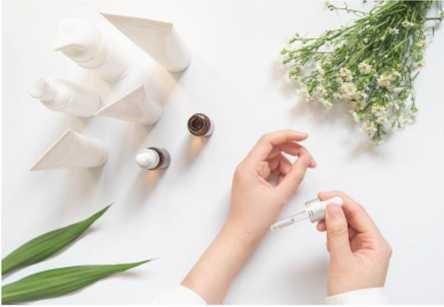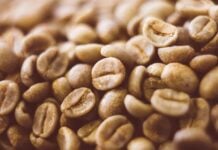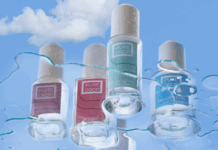♦ In its Rouen laboratory, SGS, world leader in testing, inspection and certification, has specialized in chemical, physicochemical and ecotoxicological analyses for several decades.
♦ Since 2021, SGS has been offering cosmetics manufacturers and distributors a unique analysis method for testing the 57 allergens defined in SCCS opinion 1459/11 of June 2012, and which is currently the subject of a draft European regulation, with entry into force scheduled for the 1st quarter of 2022.
♦ Adapted from IFRA, this new method has been developed using gas chromatography (GC) coupled with mass spectrometry (MS). Its reduced number of injections per sample saves time in data reprocessing. In addition to ingredients, analyses are particularly focused on finished products, as the presence of possible allergen precursors and the instability of certain formulas can generate allergens not predicted during the development phase.
After nickel allergy, fragrance allergy is the most widespread skin allergy. Fragrances are almost always present in cosmetic products, whether in the form of synthetic substances or of natural origin, such as essential oils. They can potentially trigger a contact allergy affecting the skin, generally the face, armpits and hands, or cause skin irritation in certain individuals, such as eczema.
The SGS Rouen laboratory, specialized in chemical, physico-chemical and ecotoxicological analyses, employs over 100 people and processes around 50,000 samples a year, from all sectors of activity, including cosmetics, detergents and hygiene products.
It has state-of-the-art equipment, including chromatographic and spectral techniques, enabling it to search for trace chemical substances covered by regulations.
To meet the needs of manufacturers and distributors of cosmetic products, relating to the 57 allergens defined in the SCCS notice 1459/11 of June 2012, SGS has developed a unique method of analysis. Adapted from the Ifra method, it was developed using gas chromatography coupled with mass spectrometry (GC/MS). It allows to detect and quantify that the 57 fragrances, including some isomers, have a concentration lower than 0.001% in the non rinsed products and 0.01% in the rinsed products. Above these concentrations, allergens will have to be labelled to inform the consumer.
" To enable analysis of finished products and complex matrices, we have adapted the IFRA method, originally developed for perfumery ingredients. We use two columns of different polarity and systematic matrix doping to guarantee the reliability of our results. Based on our experience, we recommend carrying out these analyses on finished products, due to possible interactions when mixing ingredients, the possible presence of allergen precursors and the instability of certain formulas over time. In this way, customers can guarantee the conformity of their products right up to their estimated end-of-life. "says Audrey Guibet, Cosmetics & Hygiene strategic expert, SGS France.
Consumers will be warned of allergenic components in the list of ingredients labelled on the product (INCI list). The higher the concentration of an ingredient present, the higher its position in the INCI list.
" This analysis of finished products enables us to guarantee manufacturers, distributors and consumers that our cosmetic products comply with current and future regulations. "concludes Carine Dumas, Cosmetics & Hygiene Development Manager, SGS France.
Regulatory requirements*:
- To date, 25** allergens have been tested and must be labeled if present {** Lirai banned since August 2021).
- The SCCS opinion 1459/11 of June 2012, which recommended informing consumers about the presence of 62 additional allergens, is the subject of a regulation that will come into force in 2022.
- In all, 87*** allergenic substances will have to be monitored.
*** Of these 87 substances, 57 are currently technically analyzable, as the NF EN 16274 standard will be updated in September 2021. Not all allergens are covered by this method, as some are complex mixtures such as plant extracts.
Application timetable : - Adoption of regulations: 1st quarter 2022
- 2*™ quarter 2025: ban on marketing non-compliant products.
- 2nd quarter 2027: withdrawal of non-compliant products from the market.








